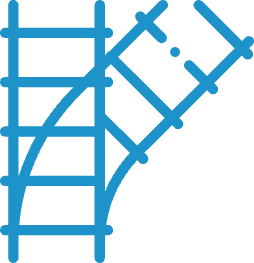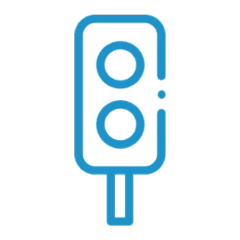Rail & Mobility
Reinventing
large-scale mobility
A business request?
You want to join us?
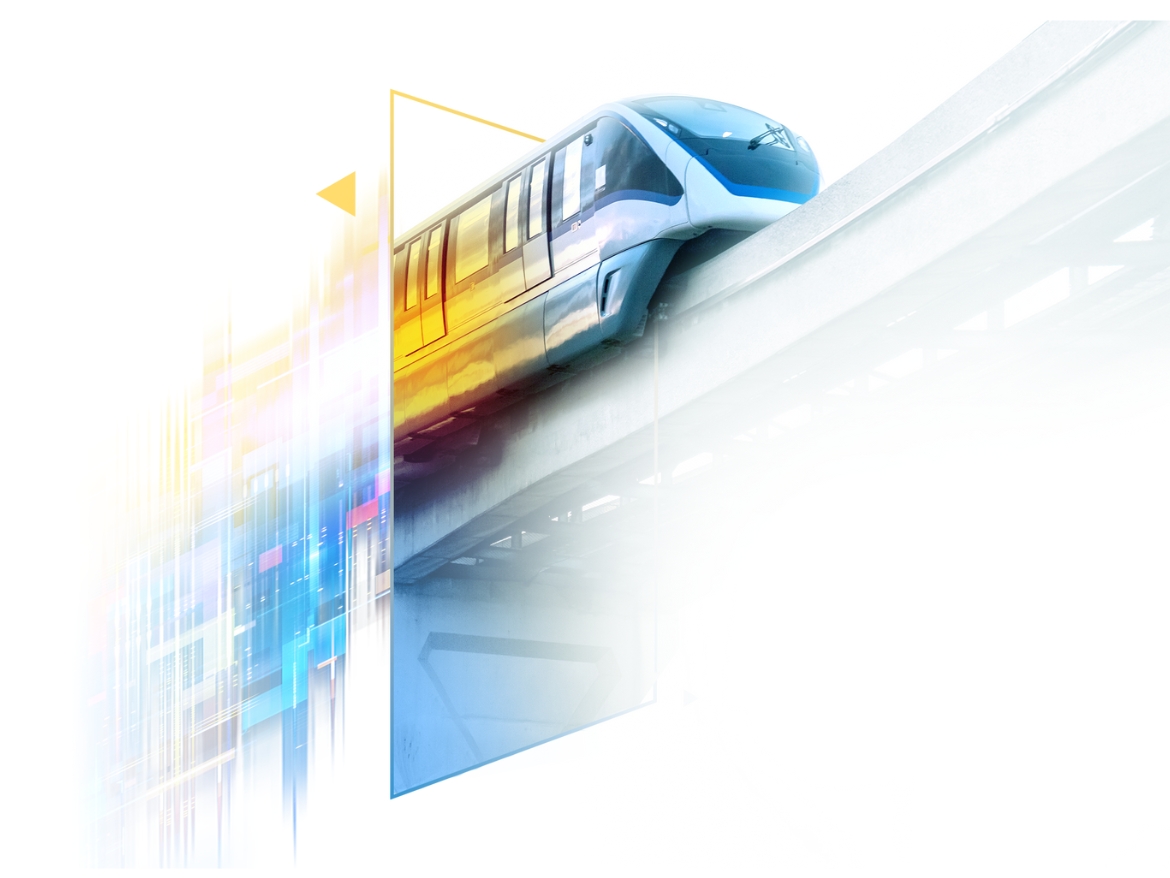
The railway industry has been undergoing a massive transformation in recent years and has shown a strong resilience during the Covid-19 crisis, demonstrating its significance. As the world continues to move rapidly towards digitization, large-scale mobility solutions are being reinvented to meet the growing demand for efficient, safe, and sustainable transportation. The mobility sector is no exception, and is undergoing a transformation as new technologies, such as autonomous vehicles, are making their way into the market.
Railway modernisation for a greener future: enhancing capacity and reducing emissions
The rise of digital technology and the emergence of new mobility paradigms are revolutionizing the way people move in the 21st century. This transformation is exemplified by the increased efficiency, interoperability, and regularity of rail networks in developing countries.. Increasing urbanisation, combined with the desire to reduce CO2 emissions, is leading public players and major companies to invest massively in rail transport, focus on renewable energy sources, reduce carbon emissions, and promote eco-friendly practices. As for railway operators, they are making increasing the capacity of existing lines their priority by modernising the signalling systems (CBTC, ERTMS, etc.). At the same time, manufacturers are experimenting with different solutions (batteries, hydrogen and, hybrid material) to replace diesel engines and thus decarbonise non-electrified lines.
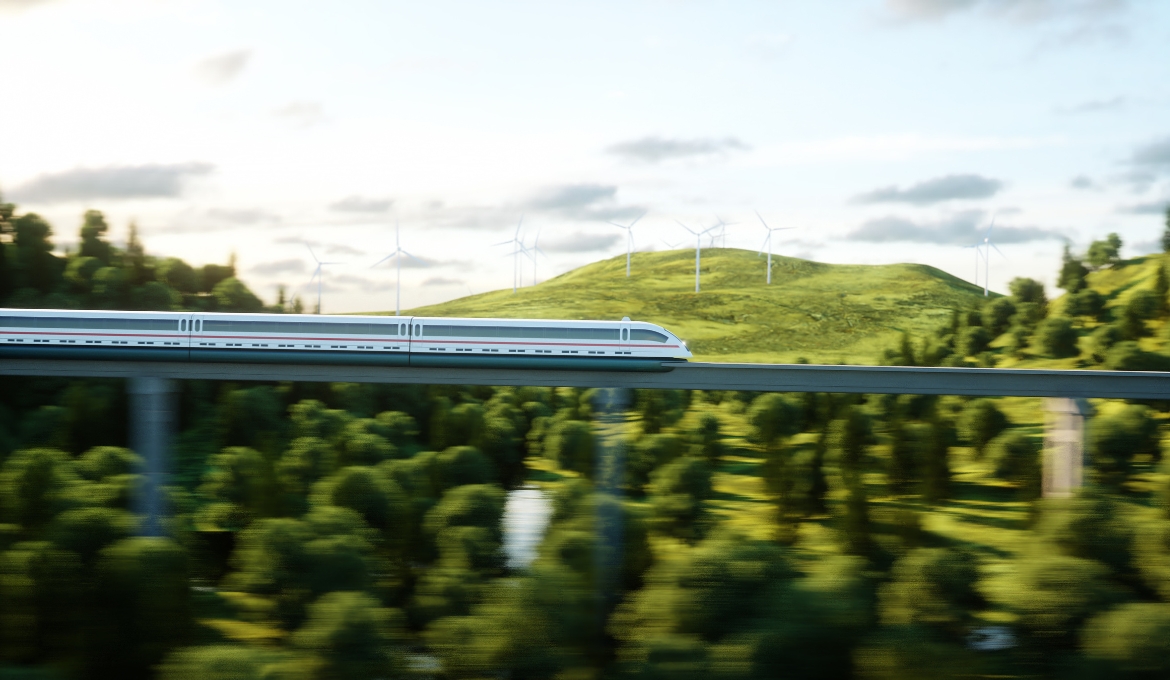
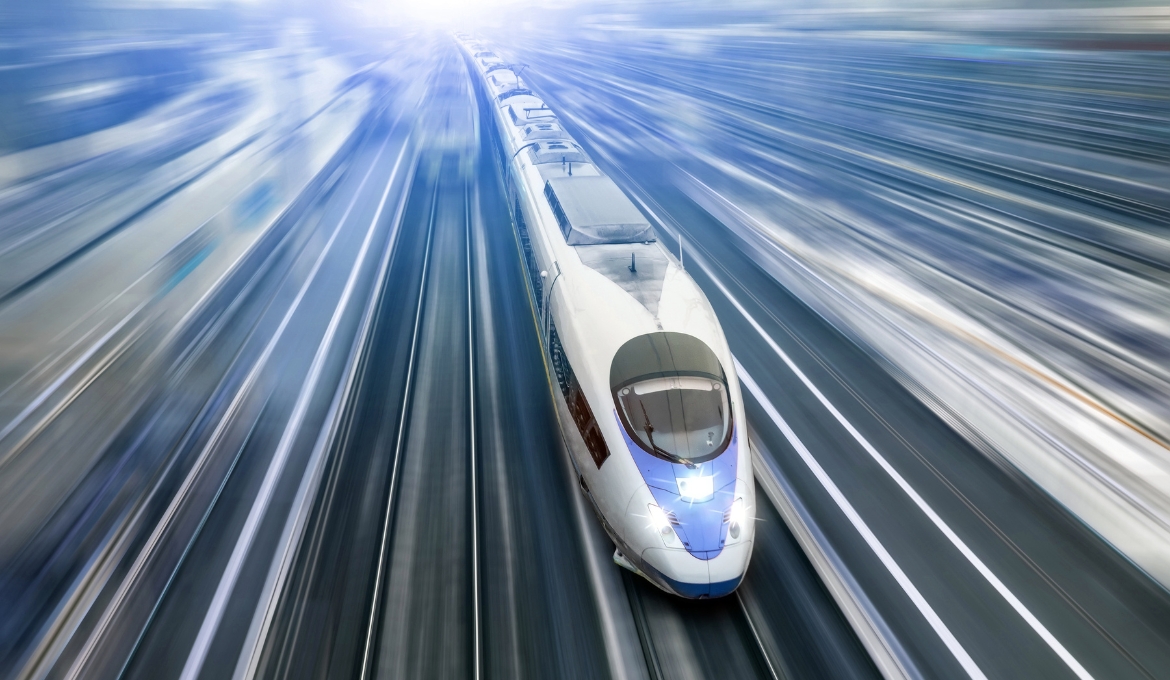
ALTEN, your strong engineering partner to support you
ALTEN has a partnership history of over 30 years with the railway industry’s leading stakeholders. In this quest for competitiveness & quality, ALTEN, as major engineering supplier of the sector, has a key role to play together with infrastructure managers, transport authorities, transport operators & industrial suppliers of railway systems. ALTEN is proactive in developing the rail industry & is heavily involved in innovative projects across four different domains: rolling stock, signalling systems, infrastructure, customer experience & digital.
ALTEN in the Railway sector
104M €
2023 turnover
+1,200
consultants
25
countries
4
domains of expertise in Railway: Rolling-stock, Signalling, Infrastructure, Services & IT
Our publications
Innovating for greener mobility & a transport industry 4.0
Digital transformation is opening up new horizons for rethinking mobility, making it more sustainable and facilitating travel. To support these changes, ALTEN draws on the skills of its historic transport businesses to carry out increasingly innovative research projects and design the transport systems of the future.
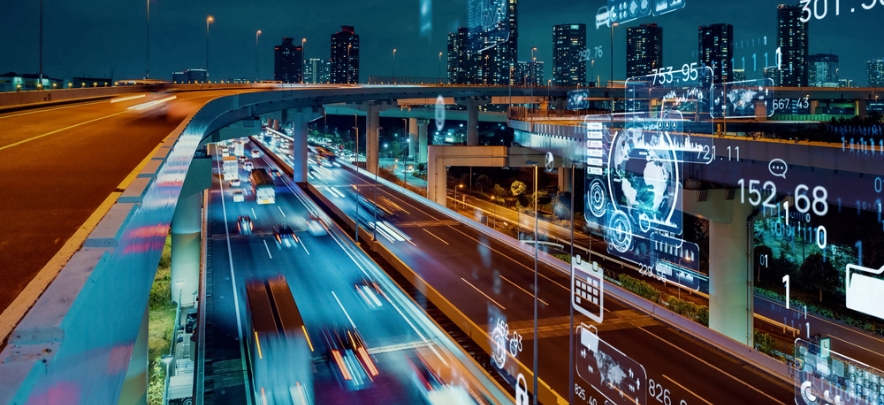
What are the market trends in the Railway & Mobility industry?
The world’s urban population is growing rapidly, concentrating 4.2 billion individuals in 2020 compared to 751 million in 1950 (UN number). Investments in the public transport sector are therefore increasing significantly in order to provide faster and more reliable intra-agglomeration and intercity transport solutions to people.
As a result of this demand, the annual growth of the world industrial rail market is estimated at 2.3% per year by 2025 going from 176Md € to 211Md according to the 9th edition of World Raim Market Study by Roland Berger.
Challenges:
- Increase the capacity of existing lines (CBTC, ERTMS, capacity allocation systems, etc.)
- Offer new ranges of rolling stock that meet environmental requirements
- Improve competitiveness for the sector
The integration of digital technologies in the rail sector will make it possible to manage increasingly complex traffic flows, provide a multimodal transport offer and improve safety and passenger comfort. At the same time, advances in predictive maintenance will improve equipment uptime and reduce maintenance costs.
Challenges:
- Connect digital and IT skills (Big Data, Cloud, Cybersecurity, etc.) to the specificities of the rail sector and its regulations
- Ensure the security of critical data and systems, and improve the available data processing
- Integrate new transport solutions (electric bus, car sharing, etc.)
Massive urbanisation, the need for interoperability between the various European countries and, the electrification of rail lines for carbon-free transport all require huge investments in the renovation and creation of new rail infrastructures.
By 2030, over 123,000 km of the European rail network will be equipped with the ERTMS (European Rail Traffic Management System) signalling system. In France, 46 billion euros will be invested over 10 years in order to modernise and ensure rail network safety.
Challenges:
- Ensure an increasingly stringent safety requirement
- Support the upgrading of the rail network (ERTMS)
- Anticipate technological obsolescence (e.g. GSM-R vs LTE/5G)
ALTEN value proposition
ALTEN’s areas of expertise covered by ALTEN
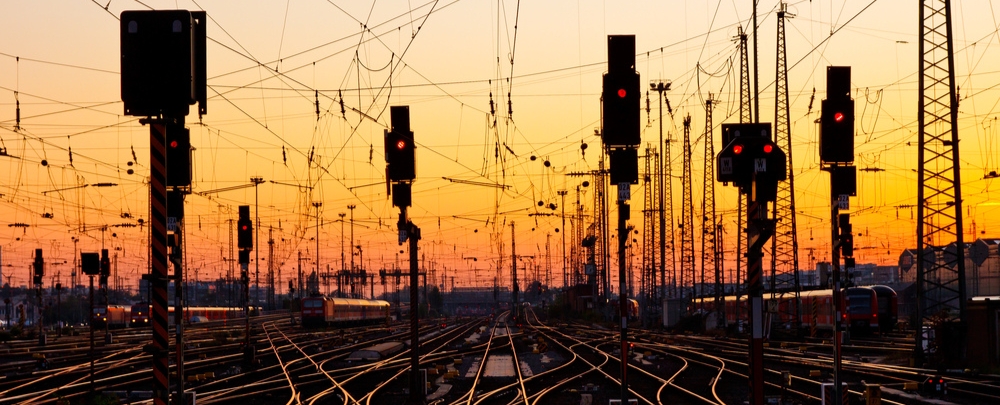
- Interiors & bodyshell
- Train architecture & subsystems – TCMS
- Power modules & braking systems
- Tests, validation & commissioning
- Manufacturing, supply chain & quality
- Train maintenance & overhaul
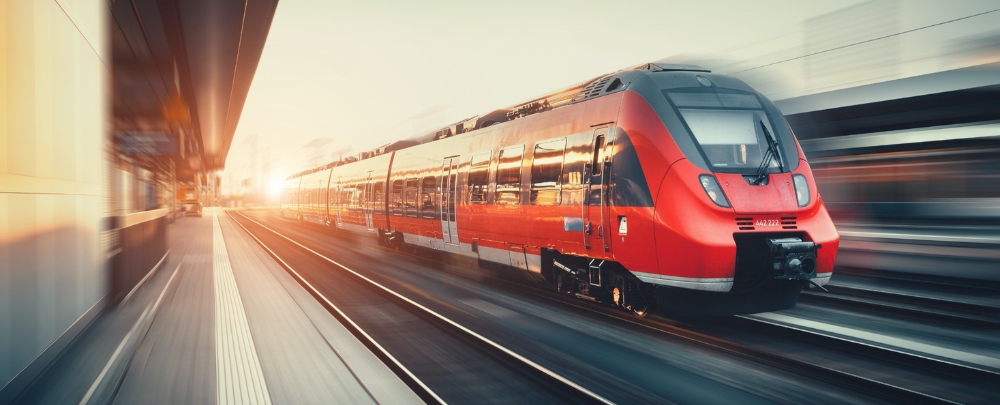
- On board units
- Human Machine Interface
- Trackside
- Supervision
- Interlocking

- Telecoms & low voltage
- Civil engineering & tracks
- Power & electrification
- Project engineering
- Digital, IoT

- Telecoms (4G, 5G)
- Mobile application & embedded services
- Real time passenger information systems
- Ticketing & retail
- Data analysis & governance
- Cloud & Infrastructure
Our Success Stories
To transport more people during peak times, the operator of a large international metropole entrusted our industrial customer with the automation of the busiest metro line in the network. ALTEN is helping to develop the key element: the CBTC signalling system.
The European Rail Traffic Management System (ERTMS) must cover 50% of the European strategic network by 2023. Our customer has won several contracts within the framework of this major project and is supported by ALTEN with regard to the ramp-up of its ERTMS centre of excellence in Belgium.
ALTEN is assisting a major European rail operator (over 15,000 km of lines in operation) with the design of new electrified lines to anticipate the increase in traffic and development of the rolling stock. Our engineering teams are working, in particular, on the electrical sizing, design (studies, project management, etc.) and operational assistance and maintenance of fixed electric traction installations.
Our Clients
Rail industry
Alstom, Hitachi Rail, Siemens Mobility, Stadler Rail, Wabtec Corporation…
Railway operators
RATP, SNCF Voyageurs
Infrastructure Managers
Getlink, RATP Infrastructures, SNCF Réseau



